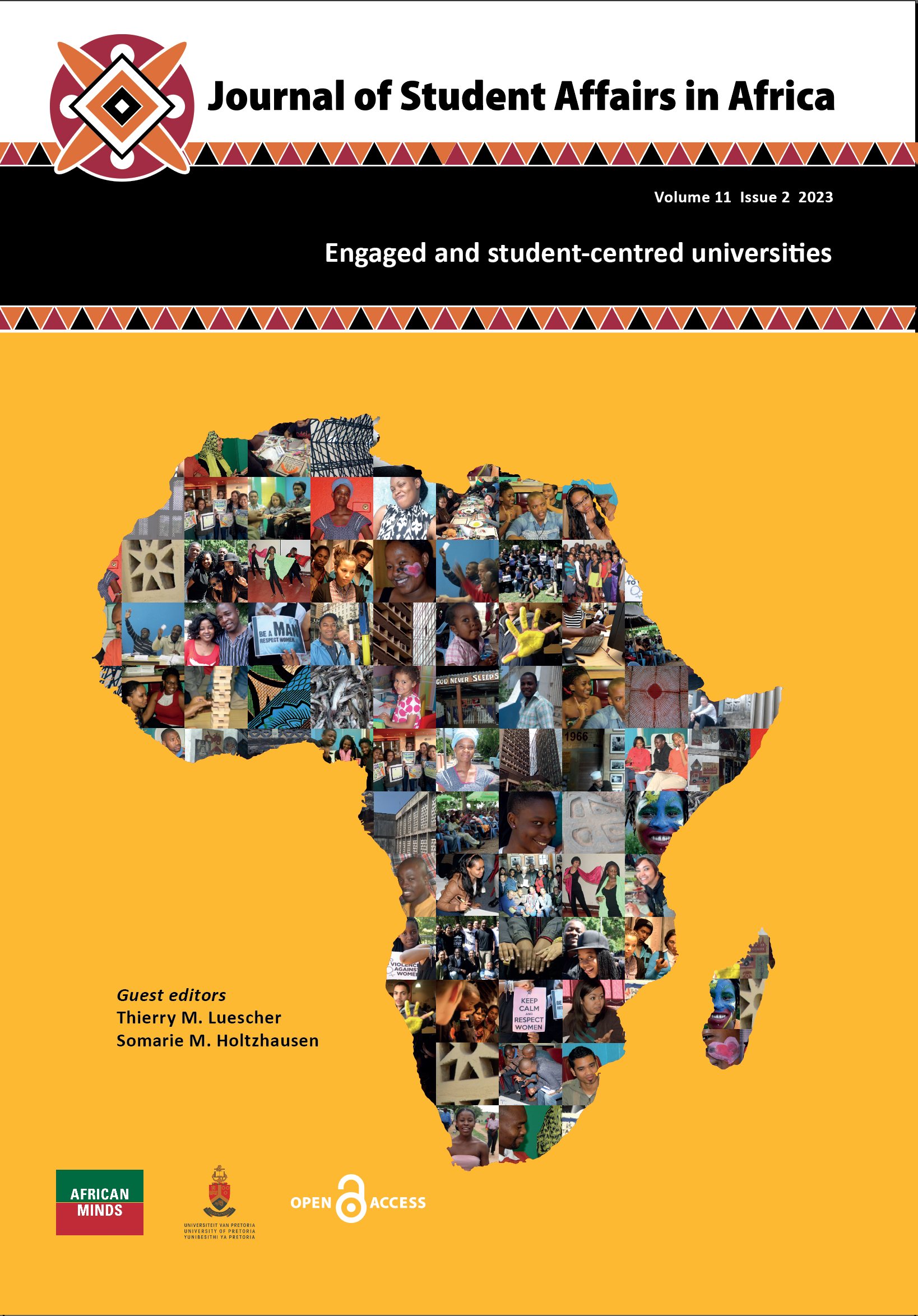Learning from students: Factors that support student engagement in blended learning environments within and beyond classrooms
Factors that support student engagement in blended learning environments within and beyond classrooms
DOI:
https://doi.org/10.24085/jsaa.v11i2.4897Abstract
Technology is key to making education systems more resilient to disruptions. In the South African higher education sector, technology will continue to play a much larger role than the years preceding the COVID-19 pandemic. Technology, however, cannot replace the value gained through social contact and concerns about relational disengagement in curricular, co-curricular and extra-curricular spaces have been noted. Drawing on large-scale qualitative data collected as part of the South African Survey of Student Engagement, this article explores what students consider as the most important factors in supporting their learning and development and how these factors might be translated to technologically enhanced learning and teaching spaces. Such insights from students’ experiences could inform blended learning and teaching spaces that leverage technology to enhance relational engagement.
Downloads
Published
Issue
Section
License
Copyright (c) 2023 Sonja Loots, Francois Strydom , Hanle Posthumus

This work is licensed under a Creative Commons Attribution-NonCommercial-ShareAlike 4.0 International License.
Authors who publish with this journal agree to the following terms:
Authors retain copyright and grant the journal right of first publication with the work simultaneously licensed under the Creative Commons Attribution Share-alike 4.0 International License that allows others to share the work with an acknowledgement of the work's authorship and initial publication in this journal.
Authors are able to enter into separate, additional contractual arrangements for the non-exclusive distribution of the journal's published version of the work (e.g., post it to an institutional repository or publish it in a book), with an acknowledgement of its initial publication in this journal.
Authors are permitted and encouraged to post their work online (e.g., in institutional repositories or on their website) prior to and during the submission process, as it can lead to productive exchanges, as well as earlier and greater citation of published work (See: The Effect of Open Access).


